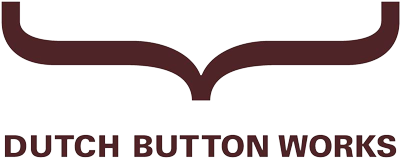PILLBOX Beta
How Social Data Built a Better Health Care App
Pillbox. Een voorbeeld dat navolging verdient! Haalt een pil uit de anonimiteit.
Alexander B. Howard is the Government 2.0 Washington Correspondent for O’Reilly Media, where he reports on technology, open government and online civics. He’ll be reporting live from the upcoming Gov2.0 Summit in Washington, D.C., on September 7-8.
Every year, poison control centers get more than one million calls for pill identification. Each one of those calls costs nearly $50.
Social software is helping biomedical researchers collaborate on better ways of identifying drugs.
“Pillbox is a digital platform for communities to solve challenges related to pharmaceutical identification and reference,” says David Hale, the program manager.
The National Library of Medicine’s mission is to gather, curate and distribute the world’s biomedical information, said Hale.
Pillbox is an open government initiative from the National Library of Medicine (NLM) at the National Institutes of Health (NIH) and Food and Drug Administration that could transform how pharmaceuticals are labeled in the future.
The interactive web application currently allows visitors to rapidly identify unknown solid medications, like tablets or capsules, based upon their shape, color and other markings.
Pillbox remains a research and development project, so users should not be making clinical decisions just yet.
Right now there are over 1,000 images of prescription drugs in the system, with many more to come in the next few months.
Beyond its usefulness, Pillbox is a public health platform that was created in a unique way — by utilizing open source data.
Here are four ways the NIH approached this endeavor using the open and social web.
